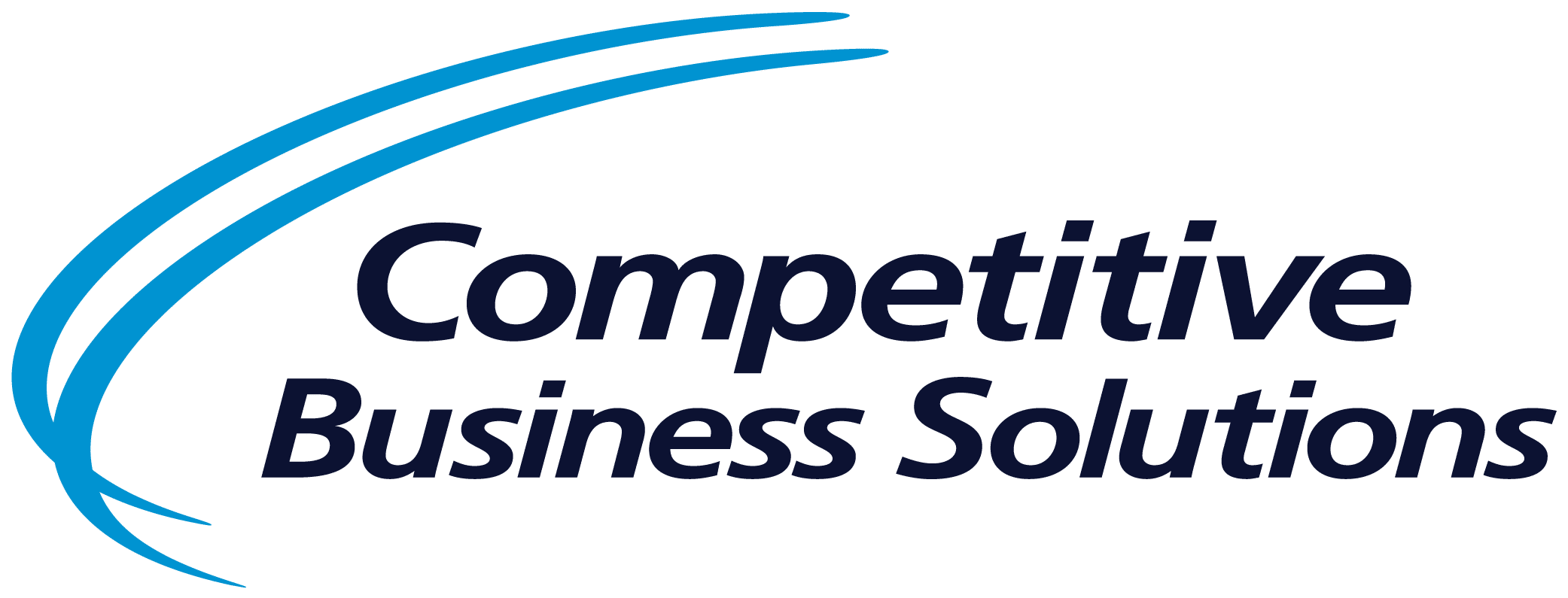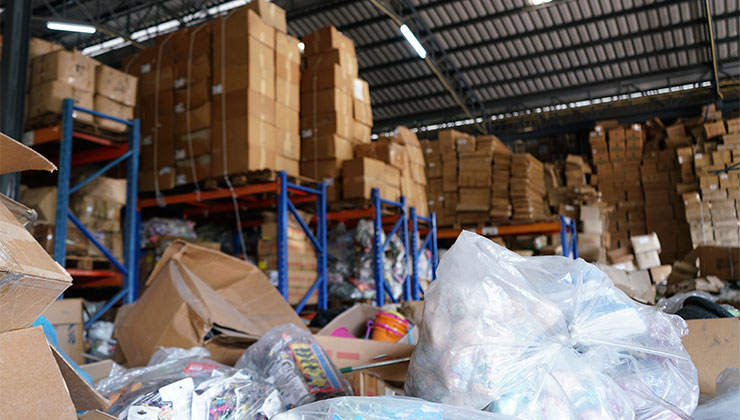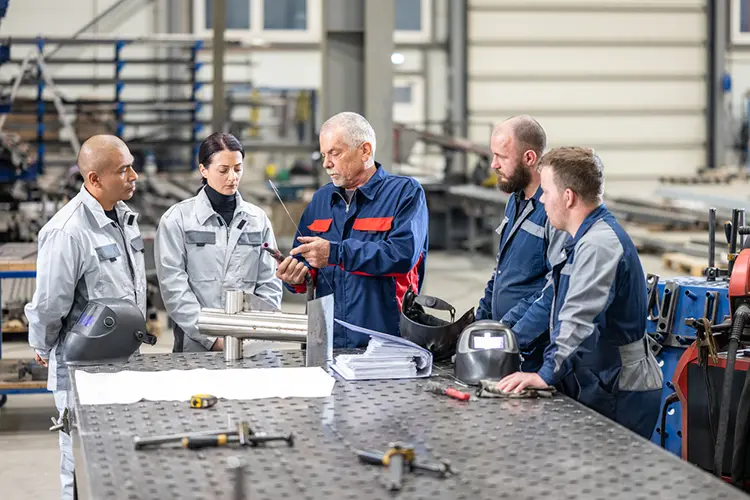“Stick Rate” is a term often used to describe the ability of a change to a process to remain in place over time. There is no more evident and frustrating example of this than when companies attempt to implement a 5S program. Anyone in the manufacturing sector that has experienced a 5S program rollout will typically relay some of the same comments: “it was good for a while but didn’t stick”, or “we have a 5S audit program, but we still find ourselves putting in extra effort to prepare for a tour”.
When you look at most diagrams representing the “House of Lean” you will notice that at the very bottom of the foundation is the word “Stability”. Companies that embark on the journey to a lean operation may glance at this diagram yet, with their ambition to improve their performance, tend to skip over the importance of discussing what it is going to take to maintain stability in their organization. Continuous improvement requires that you implement a moderate change and then stabilize at that level awaiting the next improvement. Drifting back to former routines, processes, and habits is one of the roots of instability.
A major hidden, yet painful, opportunity when implementing a 5S program is that it exposes some important weaknesses in the ability of a company to manage change. For this reason, it is crucial to go down this path with the insight and intent of identifying weakness in your planning abilities, management structure, leadership training, rewards, and accountability policies, among many others. On paper, 5S looks simple, but if you cannot make 5S stick, you don’t stand a chance sustaining the more challenging changes that a Lean Operating System requires.
The 5 S’s
The 5s’s are Sort, Set, Shine, Standardize and Sustain. Companies tend to blast through the first 4 and then stall on the last S: Sustain. We propose a different sequence. Let’s talk about Sustain first.
Typically, a cheap and quick tool for Sustainment is to divide your workplace into zones, develop a 5S checklist, and then assemble a team and task them with auditing zones on a frequent schedule to maintain an acceptable level of 5S. This formula allows companies to quickly check off the 5th S and eventually fails for several reasons:
- The participants slowly begin to skip the audit due to other commitments in their schedules
- The negative audit findings do not get permanently resolved, leaving the auditors to feel powerless and lose any enthusiasm for improvement.
- The 5S audit team members eventually leave for other assignments, promotions, or opportunities and their replacements, if any, do not get properly trained.
There are a multitude of other reasons why the formula fails which is why we need to review Sustainment first.
Perform an Autopsy on Past Initiatives
Identify past initiatives and interview everyone involved. Determine the factors that make it work or fail.
- Leadership
- Authority
- Support
- Ownership
- Training
- Empowerment
Incorporate 5S In Your KPI’s
It’s a common observation that 5S it’s a foundation for standard production, and therefore should be included as a KPI. Many shortcomings for Safety, Quality, Delivery, and Cost can be traced to unacceptable levels of cleanliness and organization. Adding a column for 5S is a solid way to enhance the sustainment of your efforts.
Assign Support Functions to All Departments
Cultural changes tend to stick if everyone is involved. Here are a couple of ideas to consider:
Safety & Quality: Add a 5S section to incident reports that drive corrective actions related to the environment around an occurrence.
Maintenance: Implement policies and procedures that provide the authority to refuse to perform a repair if the area does not meet the minimum requirements.
Human Resources: Add 5S training to the onboarding process that includes details of the rewards and accountability around your 5S standards.
Finance: Make sure your 5S initiatives are properly budgeted and utilized.
Assemble a Sustainment Team, NOT an Audit Team
This team should perform several tasks to ensure the Sustainment of your 5S initiatives. Area audits are only one of their responsibilities. It is imperative that this group is monitored and maintained with the same importance as other well-established departments such as Safety or Quality.
- Work with production leadership to update and maintain the 5S KPI board and associated action plans.
- Develop and maintain the audit process and the team
- Monitor the success and progress of your 5S goals
- Formulate plans to modify or implement 5S standards to any manufacturing changes, new product introductions, or new process changes.
- Report directly to the senior management with issues that are unable to resolve with existing resources.
- Monitor the culture of your team and the effectiveness of your sustainment process. Propose and implement any adjustments, as necessary.
- Train and establish replacement personnel to the Team.
There seems to be no magic formula for the Sustainment of 5S. Historically you will find that a lot of initiatives worked until other business influences began to undermine the effectiveness. A Sustainment team assigned with the main purpose of monitoring the effectiveness of the 5S program, rather than the ultimate 5S score, is key.



